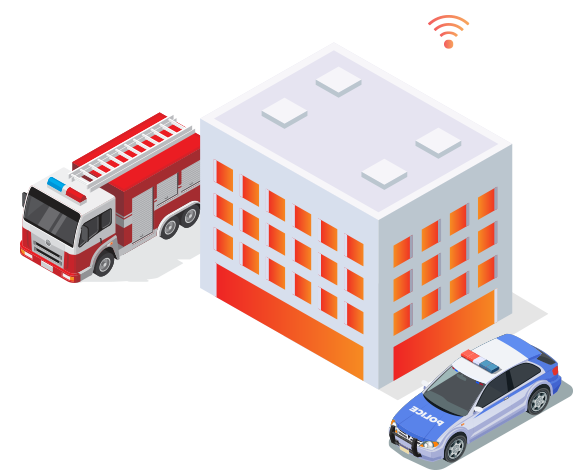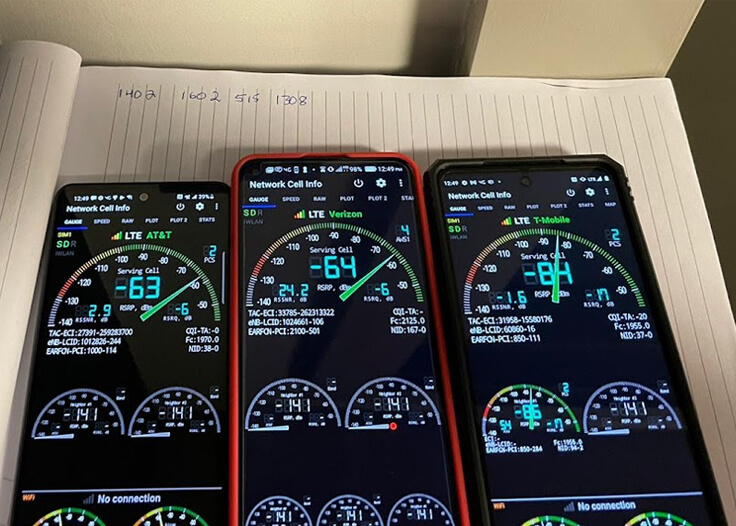Combining Emergency responder radio coverage systems (ERRCS) and cellular distributed antenna systems (Cell DAS) can offer several benefits to a building owner, provided good engineering practices were used for design and implementation of the system. ERRCS and Cell DAS are…
Read MoreWith the nationwide deployment of AT&T FirstNet LTE in band 14, it is becoming more and more common to have high, interfering signal from AT&T towers into public safety signal boosters. This is based on BDAs being built to cover…
Read MoreAn Emergency Responder Radio Communication System, or ERRCS, is an amplification system that receives public safety radio signals from an off-air donor antenna and re-transmits them through in-building service antennas. This system is also commonly known as a BDA system…
Read MoreWhat is ERRCS Testing? ERRCS Testing, or ERRCS Grid Testing, is a measure of signal strength, or RSSI in a building. The exact signal strength measurements (if required at all) should be spelled out in your local adoption of IFC…
Read MoreThe Code IFC 510 has recently been updated to include verbiage on antenna density, which is especially important when it comes to possible near-far issues. The new verbiage is in IFC 510.4.2.8: Radio Communication Antenna Density. It states systems shall…
Read MoreIFC Section 510.5.3 defines exactly what is required for acceptance testing of a building, and can be used to determine whether a building passes or fails a benchmark test. Each floor of the building must be divided into a grid…
Read More



